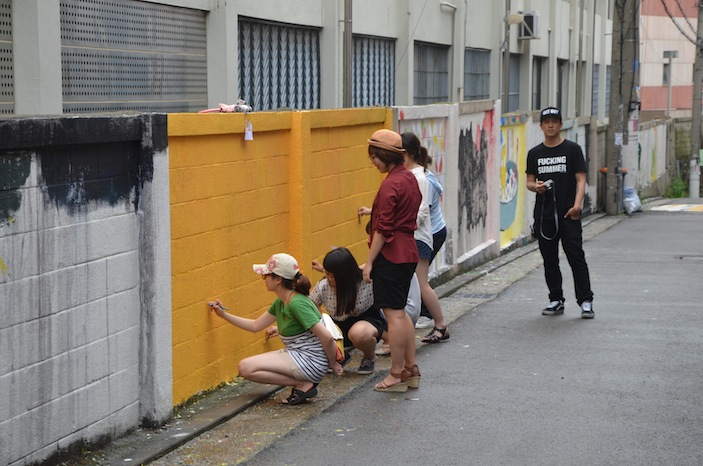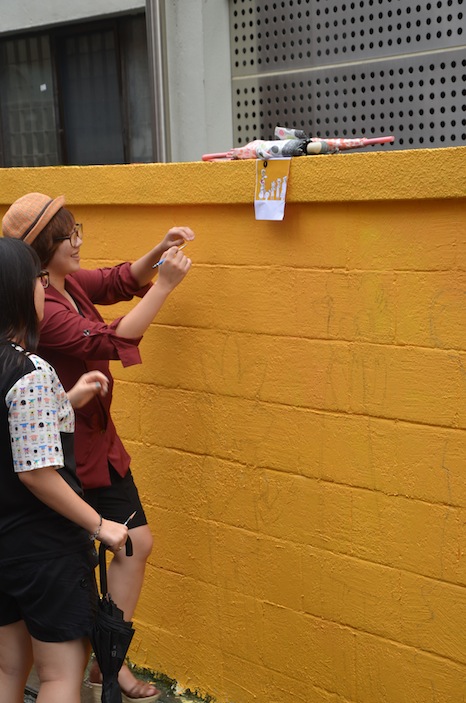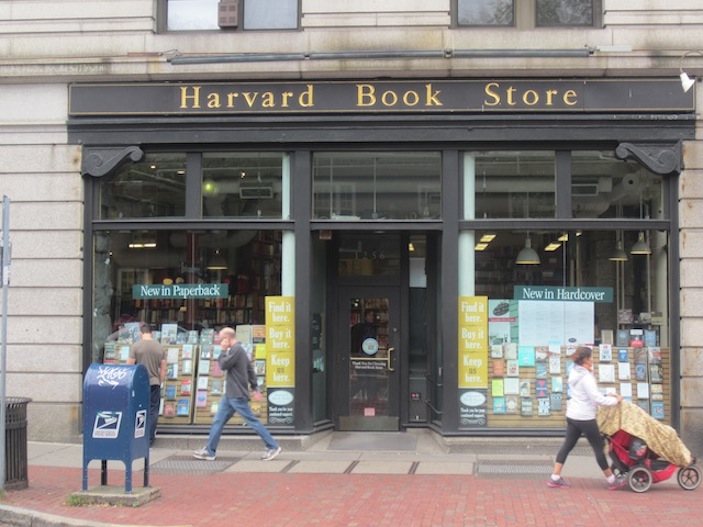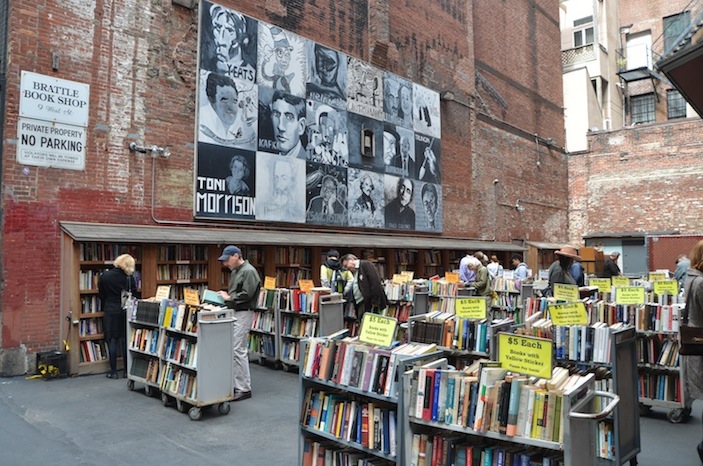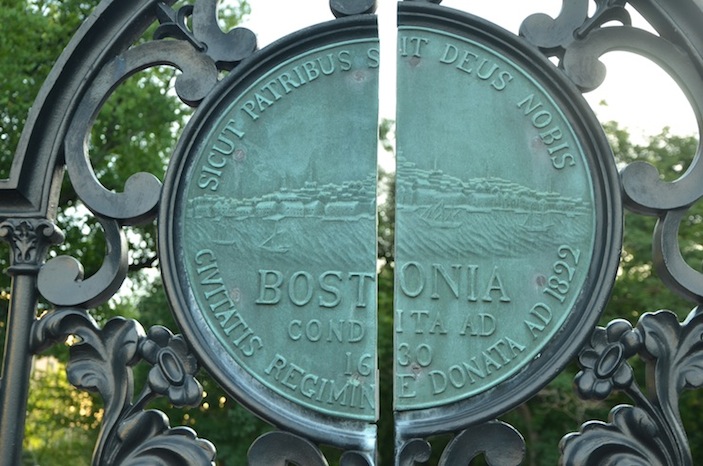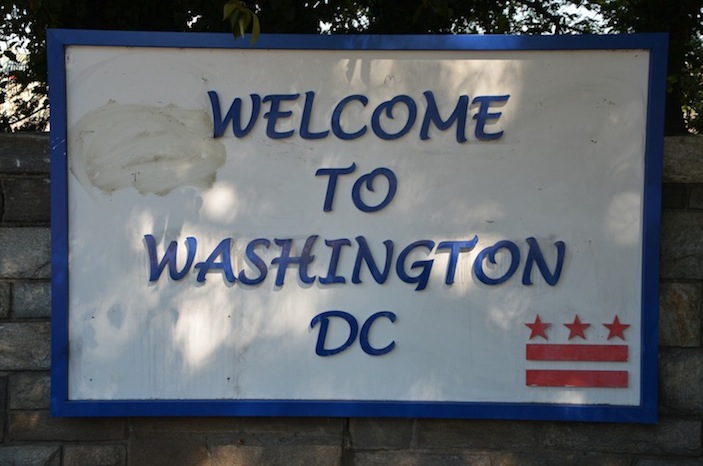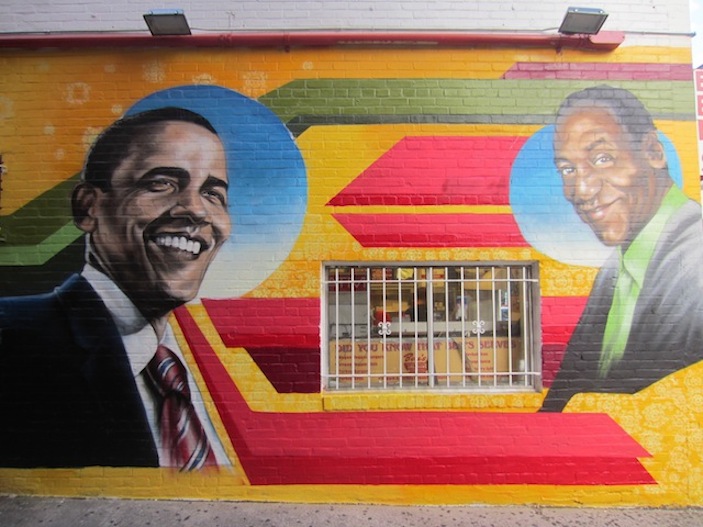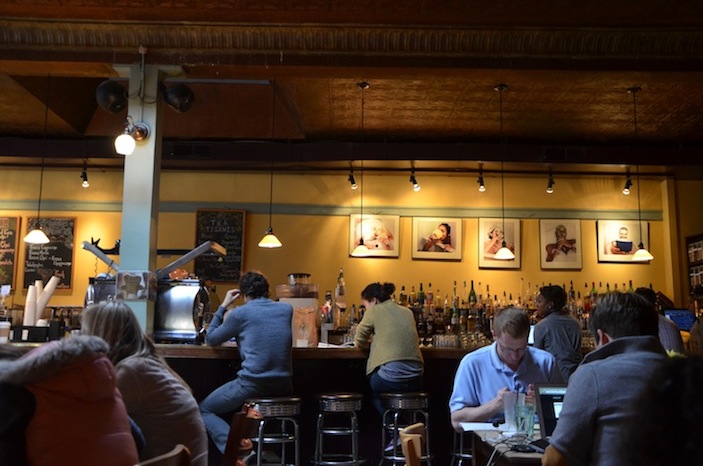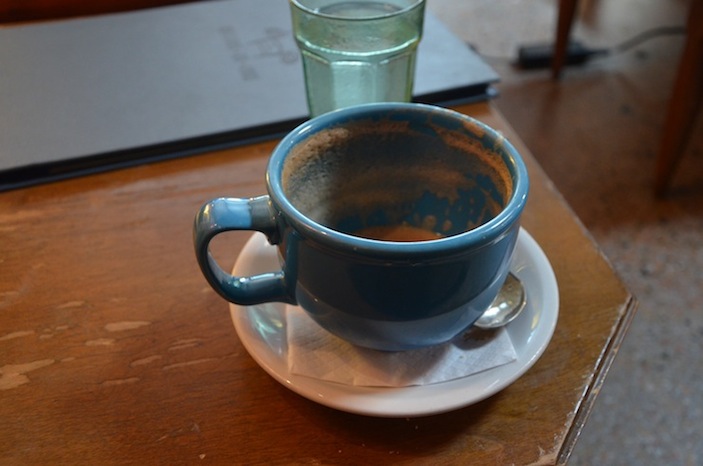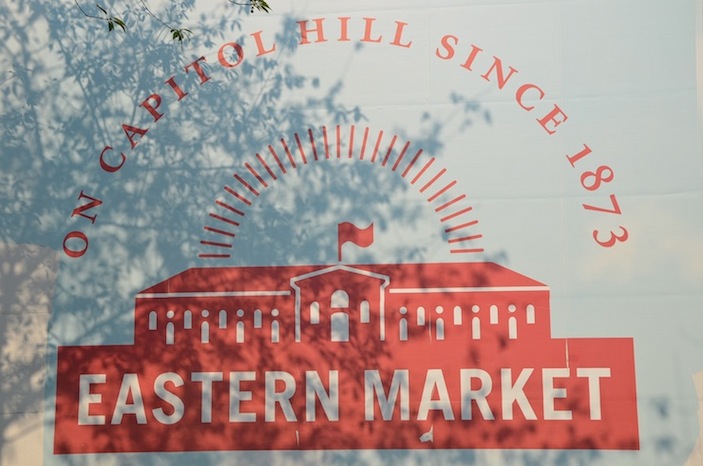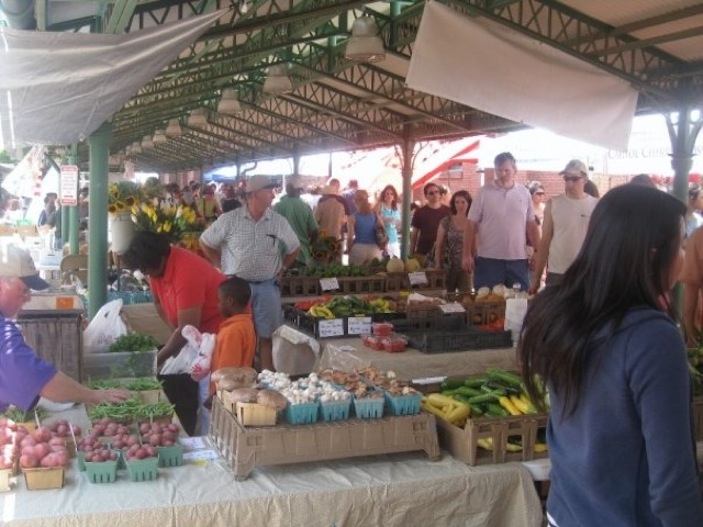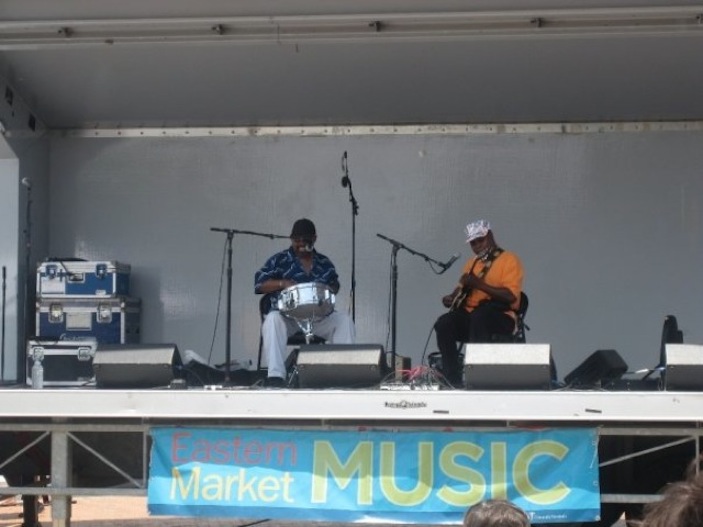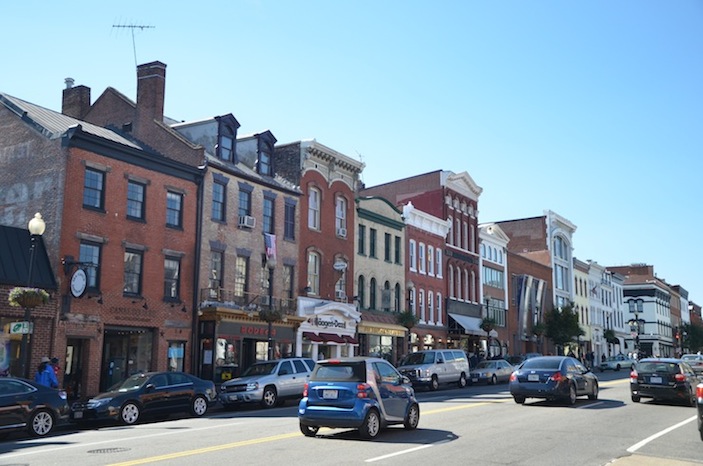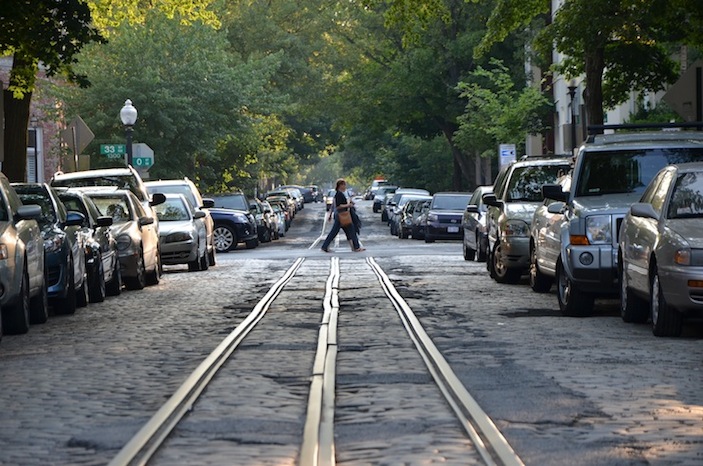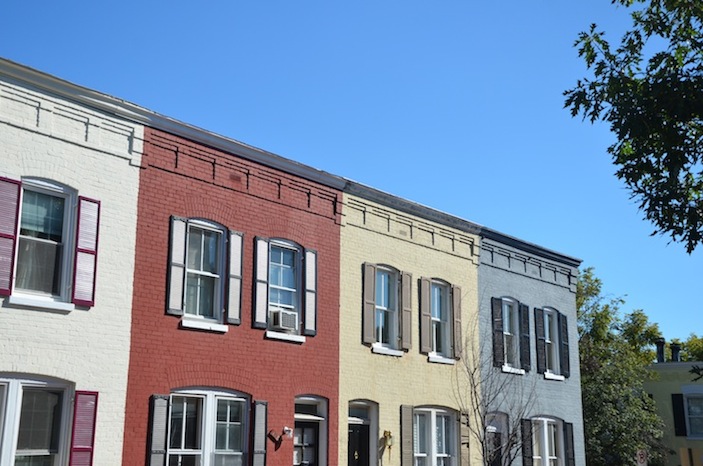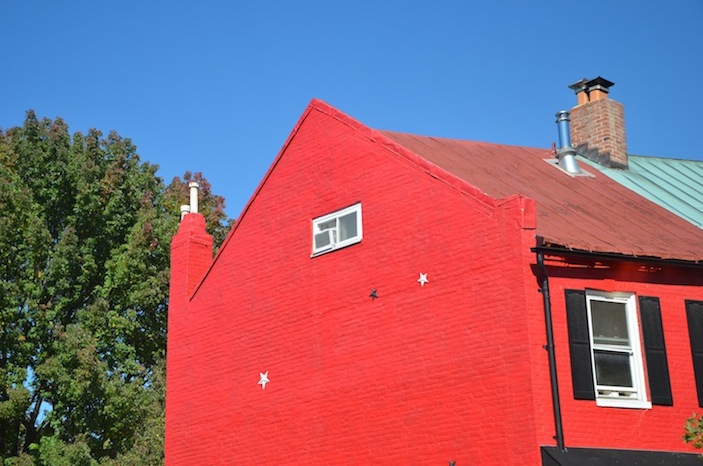IDboston: “How Much Does He Know?”
We spend a lot of time in this space talking about the differences between the East Coast and the West Coast, which are very different culturally in so many ways. However, by grouping the East Coast together as one, that’s not to say that Miami is the same as DC is the same as New York is the same as Boston. So in an effort to begin to shed some light on the differences found within the East Coast, we wanted to share with you a quote from none other than Mark Twain, when writing a memoir about Boston:
In New York they ask “how much money does he have?” In Philadelphia, they ask, “who were his parents?” In Boston they ask, “how much does he know?”
Boston indeed boasts a highly intellectual culture, as renowned universities are an integral part of the city’s fabric. Besides Harvard and the Massachusetts Institute of Technology (MIT), which are known around the world, 54 other universities call the city home.
The perfect irony for April Fool’s Day…
IDwashingtondc: Chocolate City’s Surprisingly Unique Culture
Washington, D.C. is famous around the world, and it is known for anything but culture. People come here to see “the most powerful city in the world,” the White House, and monuments upon monuments—usually constructed in honor of political figures. The city is synonymous with politics, with the museums of The Smithsonian being the only exposure to anything that can be considered “cultural” that most visitors are exposed to.
But away from the steps of the United States Capitol building and the National Mall, Washington, D.C. has a unique culture all its own, with a history as rich as any other city in America. With a predominantly African-American population, Chocolate City (as it is known to some locals) has been a hub of musical creativity, Civil Rights activism, and culinary prowess for well over 100 years. To experience this first-hand, get away from the Tourmobile and check out some of these sights and sounds that you may not know as much about:
- U Street Corridor: Once the rival to New York City’s Harlem in terms of cultural influence and significance, U Street was a hub of Civil Rights activism in the mid-1900s and today hosts a thriving social scene full of bars and restaurants.
- Adams-Morgan: By night a popular nightlife spot, particularly among younger crowds, by day Adams-Morgan plays host to an eclectic collection of restaurants offering just about any kind of cuisine that can be found on earth.
- Eastern Market: A bustling market since 1873, Eastern Market today still plays host to a variety of food and crafts vendors, artists and the occasional musician—weekends only.
- Dupont Circle: The hub of Washington’s thriving gay community, the neighborhood surrounding this large traffic circle hosts a diverse variety of cafes, restaurants and night spots despite being adjacent to the city’s primary business district.
- Georgetown: Like nearby Dupont, this neighborhood is home to cafes, restaurants, but also hosts a major university, lots of shopping, and charming cobblestone streets and majestic homes.
.jpg)
